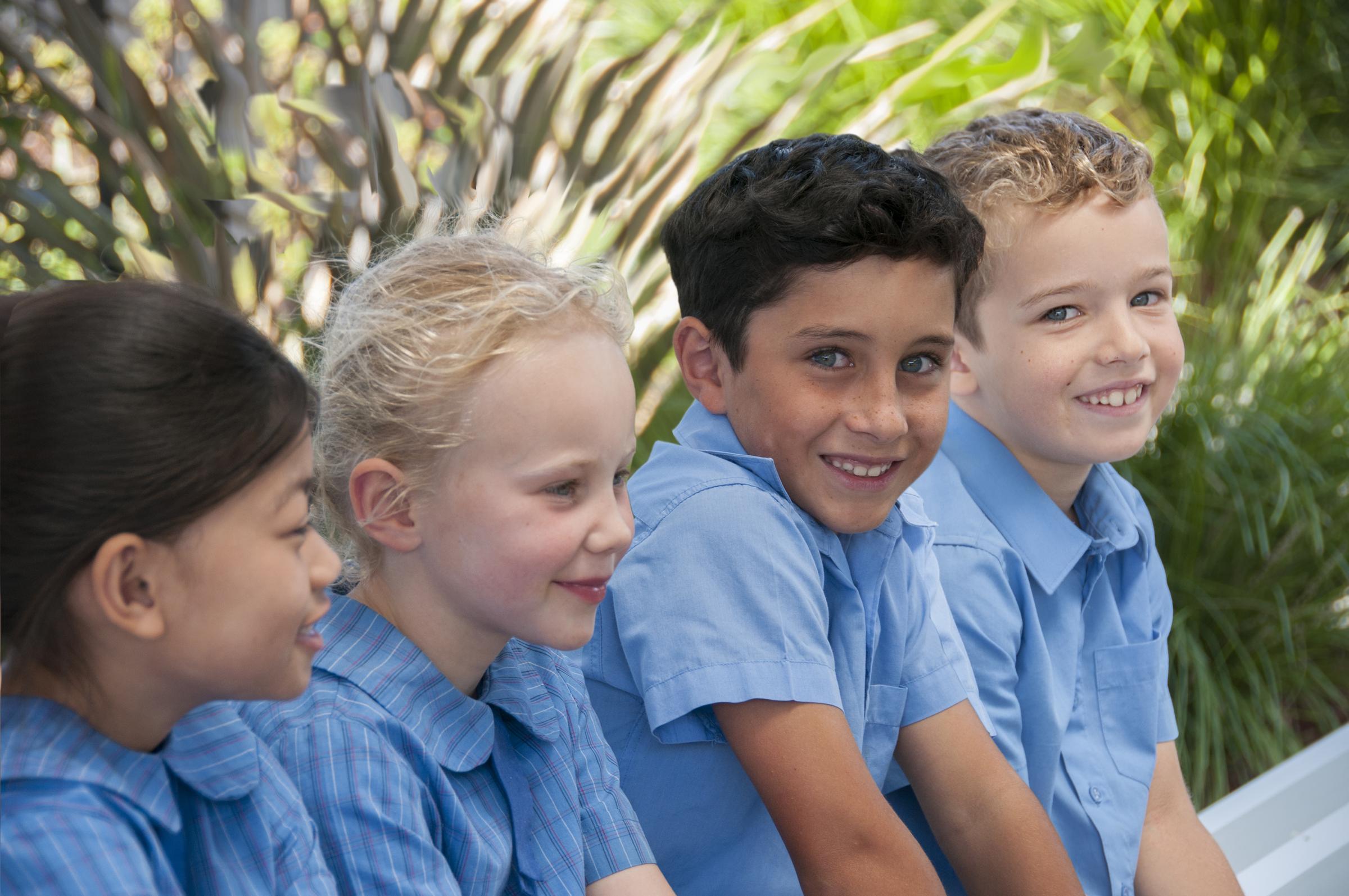Student Well-being

Circles Time Groups
In Term 3, I will be running a Circles Time program every Wednesday. Sessions will run for 30 minutes, with small groups of students from Years Prep- 4 with similar social and emotional needs. The sessions will focus upon: Strengths, Dreams and Values, Positive Communication Skills, Emotional Awareness and Promoting the Positive for Resilience.
If your child is in Year Prep - 4, they should have received a Strengths and Difficulties Questionnaire (SDQ) for completion.
If your child is chosen as someone who may benefit from the initiative we will contact you to discuss the program in detail.
Breaking the cycle of separation anxiety at school
Given the current circumstances, school drop offs can be difficult at the moment.
Going to school for most children is a positive experience however some children can struggle making the transition from their home environment to school. It’s naturally distressing to see your child upset at school drop-off but there is a great deal you can do to make school drop-offs easier for you and your child.
A child’s clinginess, crying or tantrums at school drop-off can be disturbing for you as a parent. Despite putting on a brave face, you can feel guilty that somehow you’re the cause of this behaviour. Unless something traumatic has occurred then leaving your child at school is a normal part of life, something your child will get used to. The following strategies may help eradicate your child’s tears and fears when you take them to school:
Tell the story
Prepare your child thoroughly each morning for what will happen when you leave your child at school. Repeat the story each morning before school so they can fully prepare for drop-off.
It takes two
Involve your child’s teacher in the drop-off process as they will be the person who must deal with an upset child. In extreme examples, at the start of term or after a long absence, a later starting time may give your child a chance to say goodbye in more relaxed circumstances.
Give me five
Rituals are both personal and reassuring so develop a special goodbye ritual that you consistently use when you leave your child each morning. Your special ritual may be simple such as a special wave or kiss, or fun such as a high five, low five, fist pump bursting into a hand explosion. Then leave quickly without stalling or looking back. Avoid making leaving a bigger deal than it what it is.
Reduce the rush
Is your child a morning star or night owl? Many children are slow starters in the morning, which can mean that they’re frequently rushed and arrive at school in highly anxious states. Do all you can to reduce morning stress, which may include earlier bed and waking times; laying out school clothes the previous evening and making minimal demands on their time.
This is the place
Location carries memory so choose carefully the place you say goodbye to your child. If a kiss or hug at the school-gate means a happy child, then you’ve probably found your goodbye place. Experiment with your goodbye location until you find one that works.
It’s your job
If goodbyes continue to cause tears, tantrums or clinginess consider, if possible, saying goodbye to your child at home and allowing another adult – your partner or another parent – to take your child to school.
Lauren Borg
Student Well-being Leader
